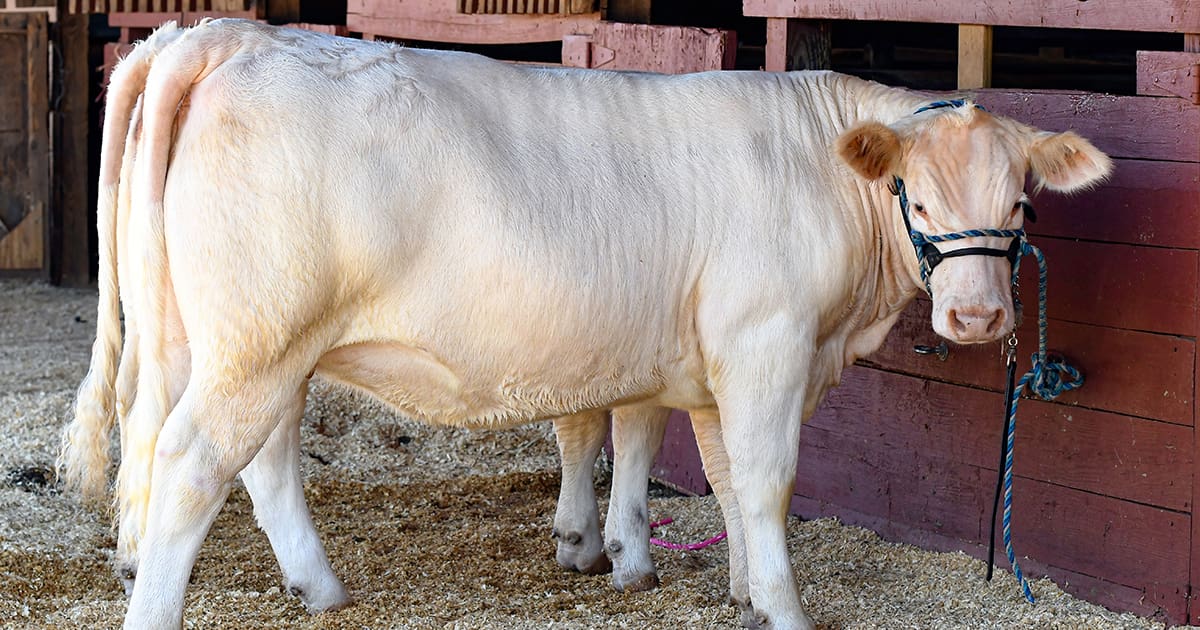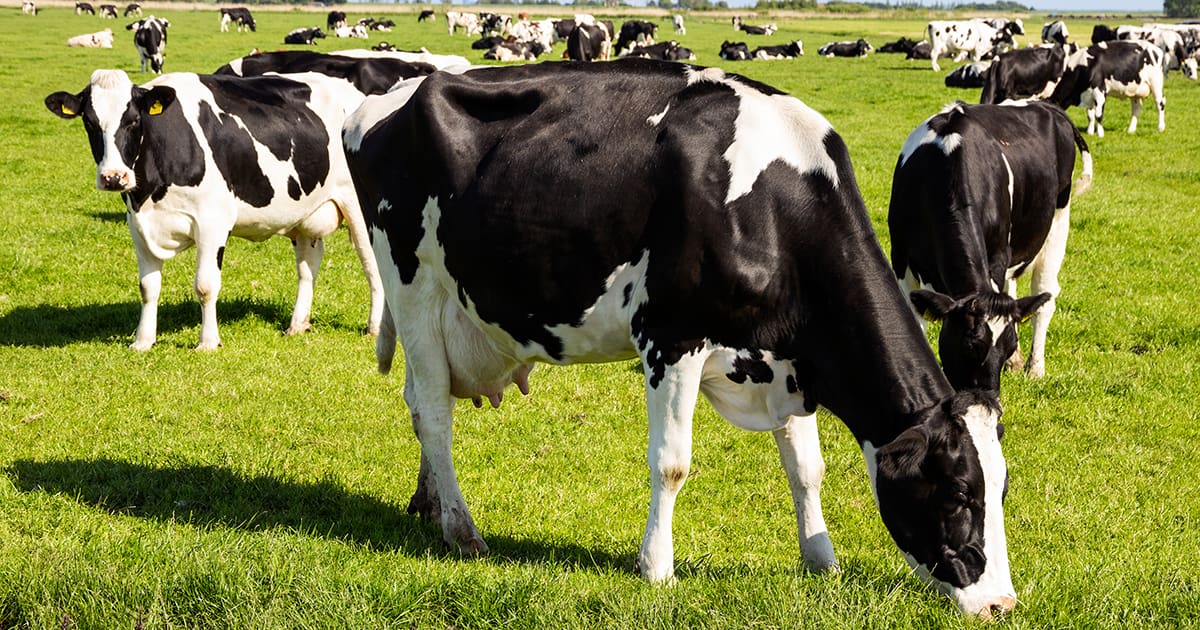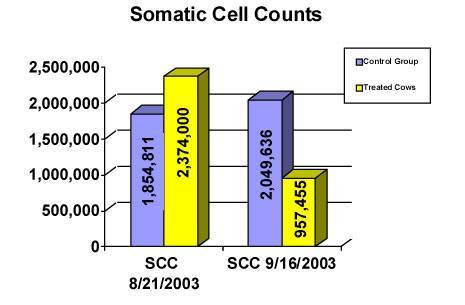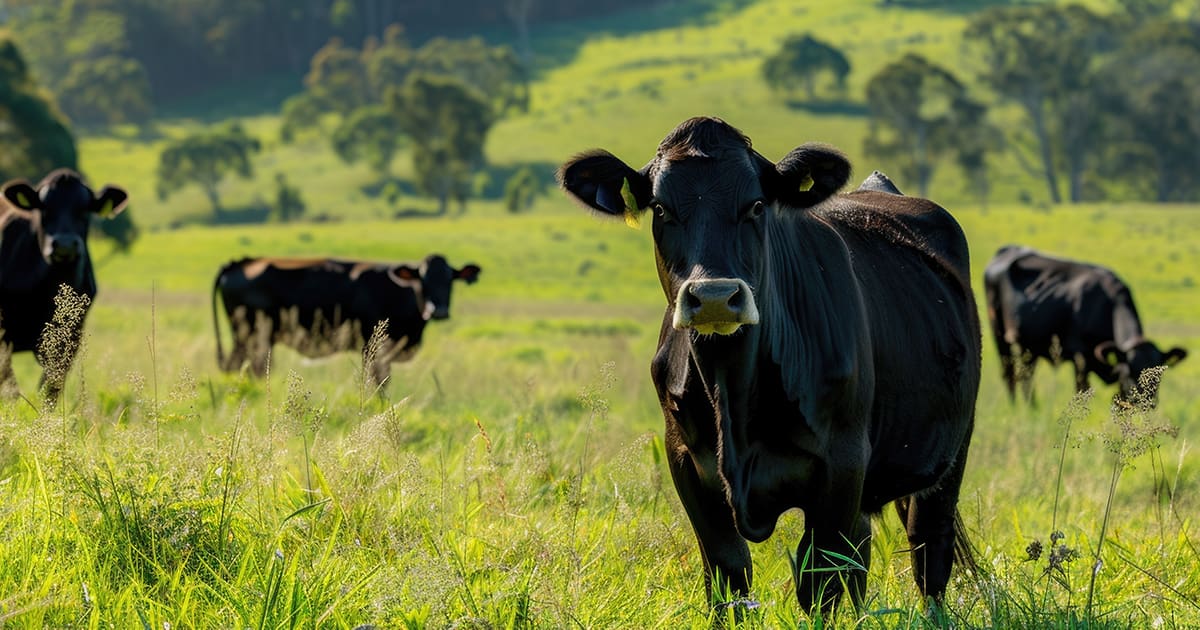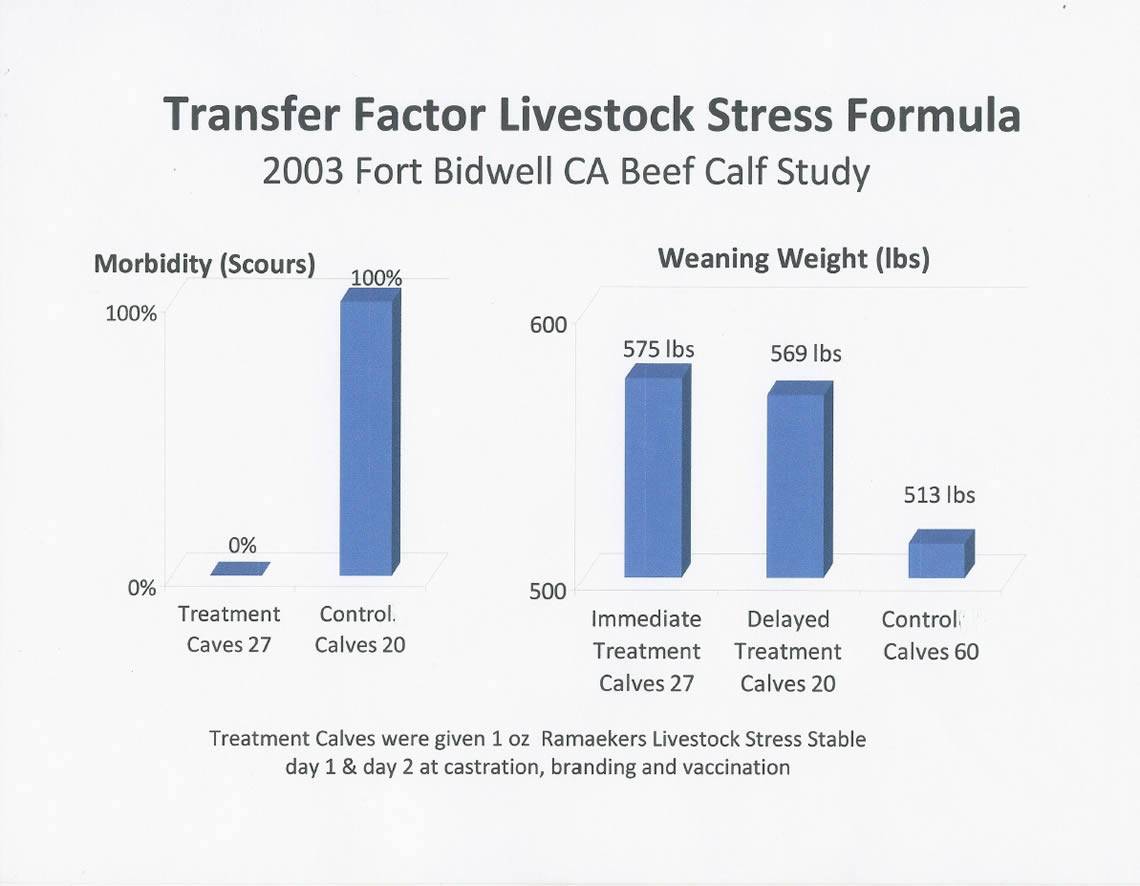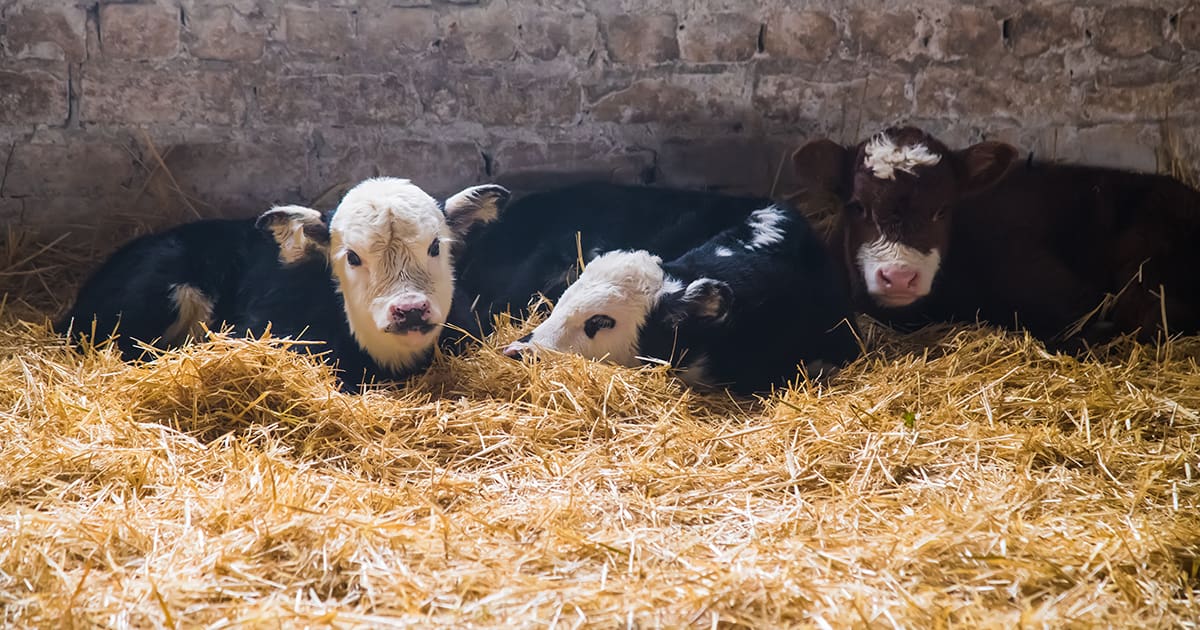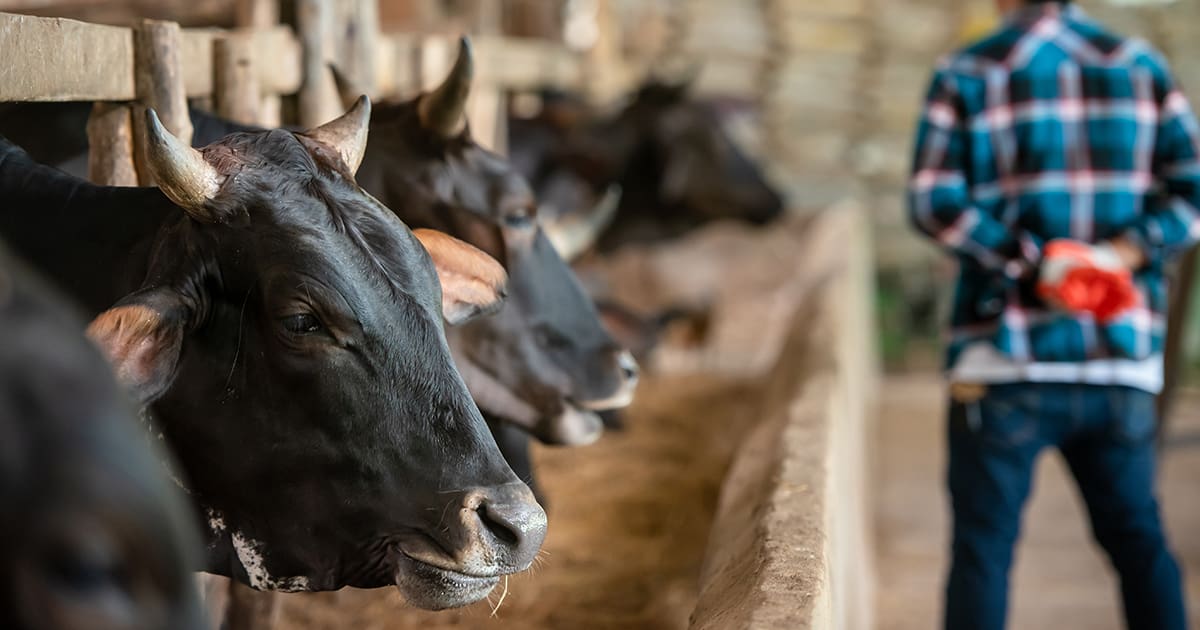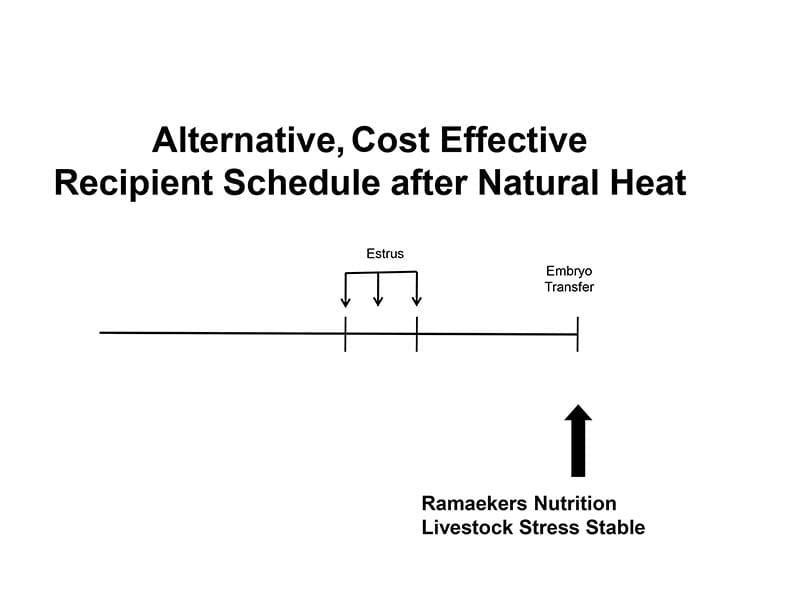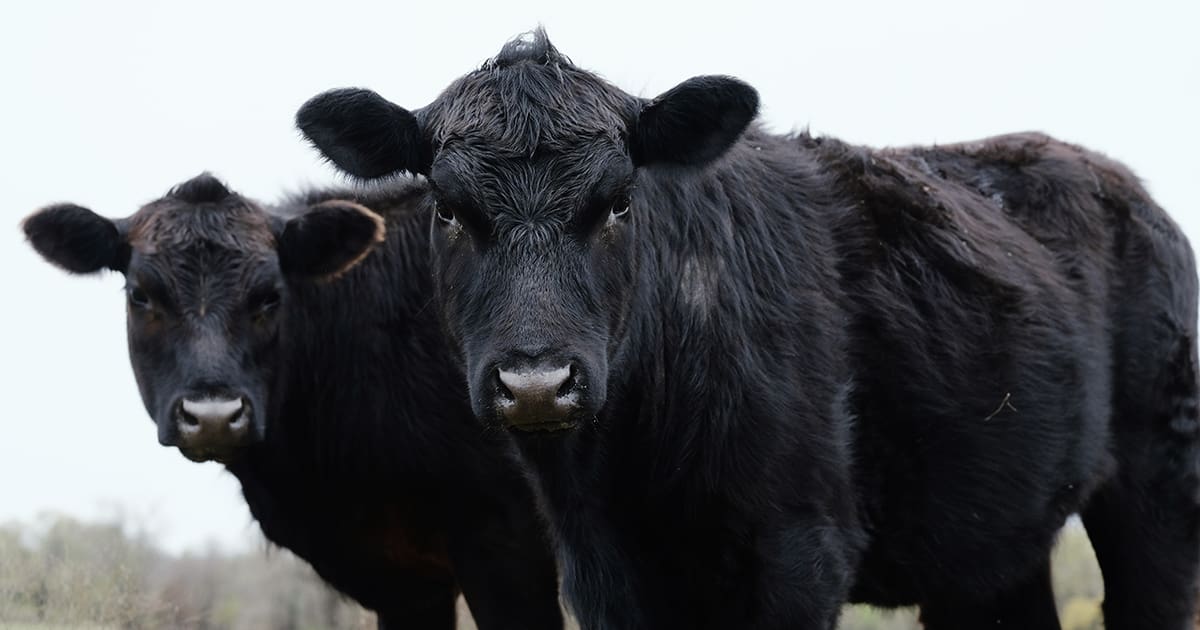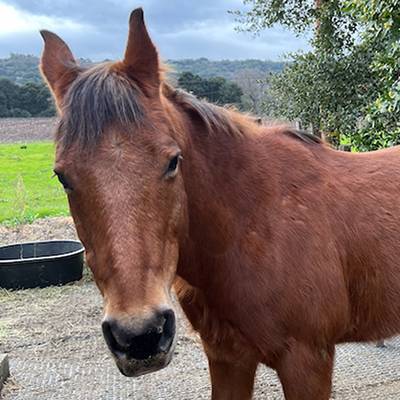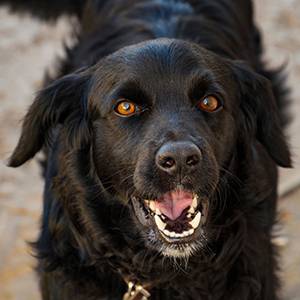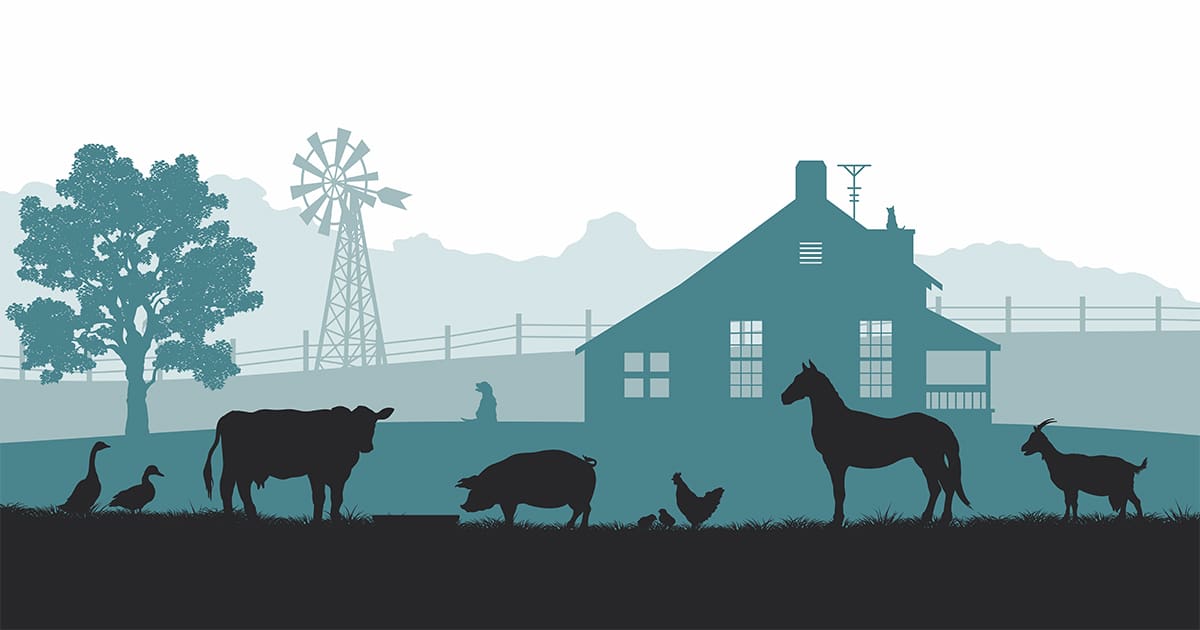
Ramaekers Nutrition
Written by: Dr. Bob McClung
Introduction to Livestock Products: Immunotherapy
Discover the groundbreaking advancements in cattle technology through Ramaekers Nutrition’s innovative livestock products. Explore the transformative potential of immunotherapy in enhancing cattle health and productivity.
From time to time, an advancement or technology emerges that alters our perspective on a problem. In the cattle industry, this technology is known as immunotherapy. Immunotherapy is a relatively new and rapidly developing field in both human and veterinary medicine. This science enables us to educate the host’s immune system, aiding in the fight against viral and bacterial pathogens. The new technology is both financially rewarding and reasonable to utilize.
Despite our considerable knowledge of antibiotic therapeutic agents and targeted vaccination programs, it is acknowledged that we still have “disease wrecks.” An internationally patented advancement developed by Dr. Joe Ramaekers, Immune Primer, is available in both non-ruminating and ruminating forms, as seen in bovine products and other livestock products. When used in conjunction with sound husbandry and vaccination protocols, it enhances health and profit margins in nearly all cattle operations. In the last eight years, studies that have been done in dairy cows, dairy heifers, bull calf rearing, veal operations, cow-calf, goat, sheep enterprises back-grounding operations, and feedlot businesses have shown Immune Primer markedly reduces morbidity (sickness), mortality (death loss), improves performance and profit margins.
Introduction to Livestock Products: Immune Primers
When added adjunctively to sound management practice, Adult Immune Primer or Newborn Immune Primer has increased margins because improved health results in better performance. Savings from decreased illness, reduced antibiotic use, lower labor costs to treat cattle, more effective antibiotic responses, increased gain rates, and shorter feed times make the Immune Primer formulas even more critical in times of high feed costs for producers. A tremendous reduction in illness and death loss also provides income that was previously unavailable to the producer. As a practicing veterinarian who has used these products on my own cattle and sheep, as well as in my clients’ agribusinesses, with excellent results for 10 years, I am very pleased with these products. “I strongly feel these products have the greatest potential for improved profit of any new product introduced into animal production in the last 40 years.”
Introduction to Livestock Products: Method of Action
Immune Primer’s patented technologies utilize the top chemical messengers of the immune system to convert slowly reactive immune systems into highly responsive systems. These messengers are highly specific to the variety of microbial agents they are coded for and produced to target. The Immune Primer molecules educate the “natural killer cells” to recognize these pathogens and initiate a wide variety of cytokines (chemical messengers) and cellular responses that control the activity of the immune system. It, in fact, increases the immune response by over 400% above baseline. When used appropriately, these responses help prevent damage from bacterial, viral, and fungal agents and enhance the response to antibiotics and vaccines. This is a valuable adjunct to the management protocols currently in place. These ingredients are derived from natural products, a plus in marketing “all-natural” animal products.
Introduction to Livestock Products
Each category of cattle enterprise has its own set of disease problems. For example:
DAIRY COWS– transition cow problems
- mastitis problems
- breeding problems, reproductive efficiency
- high somatic cell problems
- calf problems
CALF REARERS
- respiratory disease
- scour problems~ viral, bacterial, protozoan
STOCKER-FEEDER
COW-CALF
- breeding efficiency
- increased conception rate
- calf health problems
- ET production enhancement increased # of eggs
SMALL RUMINANTS
- newborn health, adjunctive treatment, CL prevention
- improved conception, egg, and semen quality
All of the above areas have been or are being investigated. In all cases, strengthening the immune system has shown significant benefits for the producer in terms of production.

